As Elon Musk feuds with Donald Trump and looks to launch a political party of his own – the America party – he should stop to consider the lessons of Ron Paul. The former Republican congressman, who turns 90 on August 20, is best known as the leader of the GOP’s libertarian wing – which for years was practically a one-man faction. In 2008, however, Paul ran for the Republican presidential nomination and touched off a grassroots insurgency. It wasn’t enough to win him any primaries, but it laid the groundwork for the GOP’s populist turn, leading directly to the Tea Party movement and lighting the way for Trump’s arrival a few years later.
Dr. Paul, an obstetrician-gynecologist before he entered politics (he continued delivering babies afterward, too), won the nickname “Dr. No” among his colleagues in the House of Representatives for voting against just about everything: no wars, no taxes, no more spending or government programs. Repealing laws, not passing more of them, called for an “aye” vote, particularly if there was a chance to audit, or better yet abolish, the Federal Reserve.
Paul first encountered the works of Friedrich Hayek, Ludwig von Mises and the Austrian school of economics that would shape his outlook on politics, as well as the economy, while at Duke University. After serving for a time in the US Air Force, Paul moved to Texas with his wife Carol.
Ron Paul showed what an anti-establishment campaign within the GOP could achieve
He won a seat in Congress in a 1976 special election, only to lose it in the general election. He returned for a rematch in 1978 and beat his Democratic opponent. In 1984, Paul left the House to run for a Senate seat, but was beaten in the race for the Republican nomination by an ex-Democrat named Phil Gramm. He then aimed higher but in a much smaller party. He sought and won the 1988 Libertarian presidential nomination but had no effect on the race between George H.W. Bush and Michael Dukakis. Paul returned to the House as a Republican after the 1996 elections. Running for Congress as a Libertarian would have been even more pointless than running for the White House on the LP ticket. The way to elect a libertarian was to run him as a Republican.
Paul was a “country party” libertarian, not a “court party” or “Beltway” libertarian, anyway. He opposed open borders and indeed free-trade agreements such as NAFTA, not because he was against free trade but because he saw such agreements as being massive transnational regulatory pacts – “managed trade,” not free trade.
Paul was against much of what passed for libertarianism in the George W. Bush-era Republican party. And he was adamantly opposed to the neoconservative foreign policy the second President Bush pursued, as well as his administration’s bailouts of banks and big business during the Great Recession. With the GOP poised to go further down the wrong path by nominating John McCain or a similarly hawkish candidate in 2008, Paul decided to run for president again, this time as a Republican. And this time the results were very different. Instead of demonstrating what little impact a third-party run could have, Paul showed what an anti-establishment campaign within the GOP could achieve. (I saw it myself: in early 2008 I signed on as the campaign’s “internet communications coordinator” – in practice, its official blogger.)
Paul, hitherto seen as a congressional Don Quixote, was then in a position to speak truth to power, including truths about foreign policy that were politically incorrect in the Republican party. Running as a Republican, Paul got to speak those truths directly to John McCain and Rudy Giuliani on stage in the GOP debates, while cameras broadcast his defiance to the nation.
When viewers saw Paul in the debates, they heard him say things they too had been thinking or which they now began to wonder about. More Republican voters and grassroots donors than anyone had imagined were receptive to his message.
The spirit stirred up by Paul’s 2008 campaign, as well as specific themes and techniques the campaign refined, fed the nascent Tea Party movement, which in turn helped elect “Ron Paul Republicans” to local, state and national office starting in 2010, sending Paul’s son Rand to the US Senate. A number of other libertarian-leaning Republicans won seats in Congress: Thomas Massie, for example, in 2012, the year Paul reinforced his message with another presidential run. The Paul phenomenon had effects outside of party politics, too. As a kind of “counter-convention” to McCain’s coronation as the 2008 GOP presidential nominee in Saint Paul, Minnesota, Paul held a massive “Rally for the Republic” in neighboring Minneapolis, where the event’s emcee was an MSNBC journalist named Tucker Carlson.
Trump had contemplated running for president on a third-party ticket in 2000. Did he see how much momentum Paul obtained by appearing in the Republican debates and decide he could go even further with the same strategy? Trump, too, was unafraid of saying things about America’s wars that conventional wisdom said were suicidal to utter on a GOP debate stage.
The Constitution doesn’t allow Musk, who was born in South Africa, to run for president as a Republican or anything else. But if he wants to affect national politics, he would do better taking Paul as his model than Ross Perot, and working in Republican primaries rather than starting a new party. The electorate in a primary is much smaller than in a general election, and every dollar goes further. Instead of splitting the right-of-center vote, a primary strategy puts a single candidate on the field in November. This approach has the best chance of defeating establishment Republicans and Democrats alike. The lesson Paul’s example teaches is that even if you disagree with most other Republicans, the party is the place where change really begins.
This article was originally published in The Spectator’s August 2025 World edition.



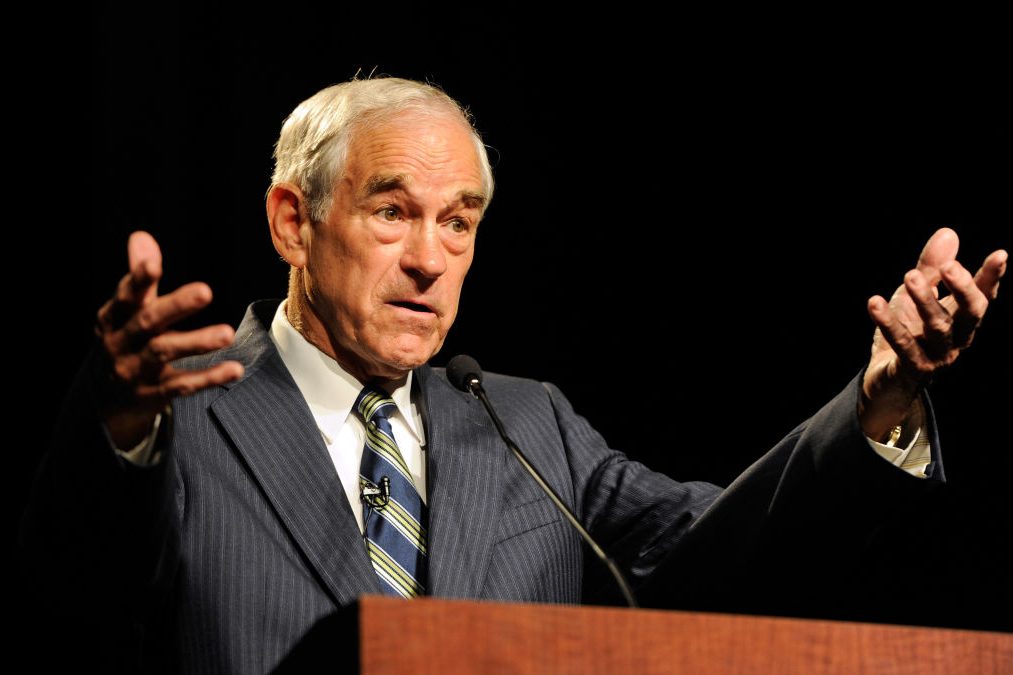






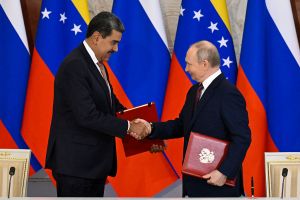
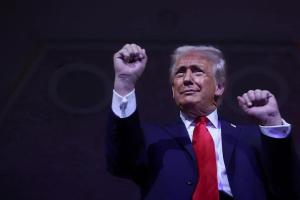

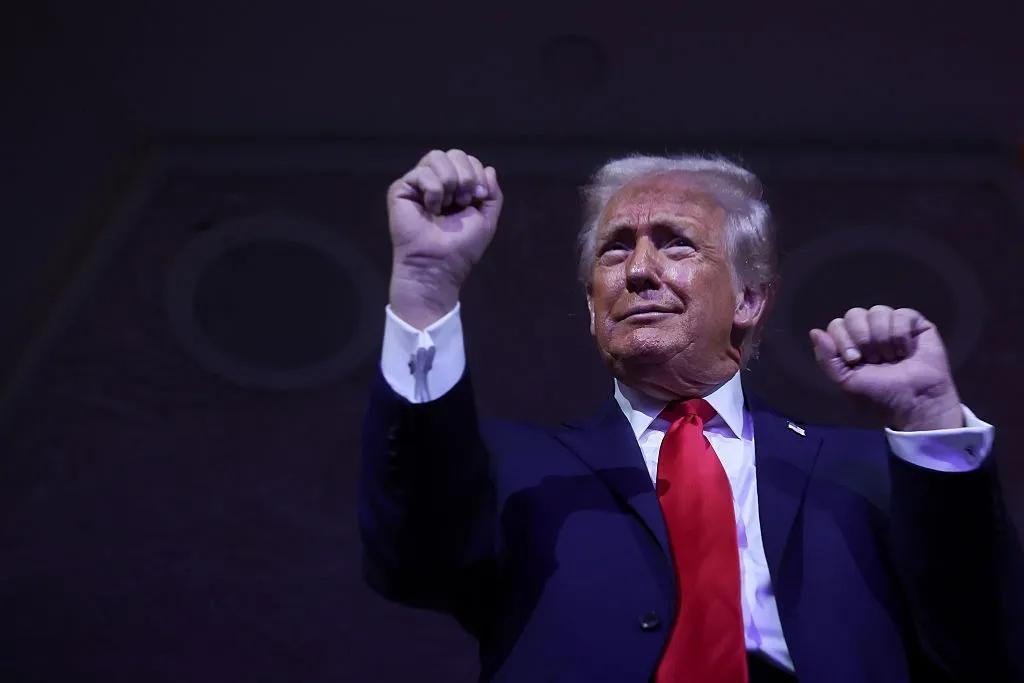


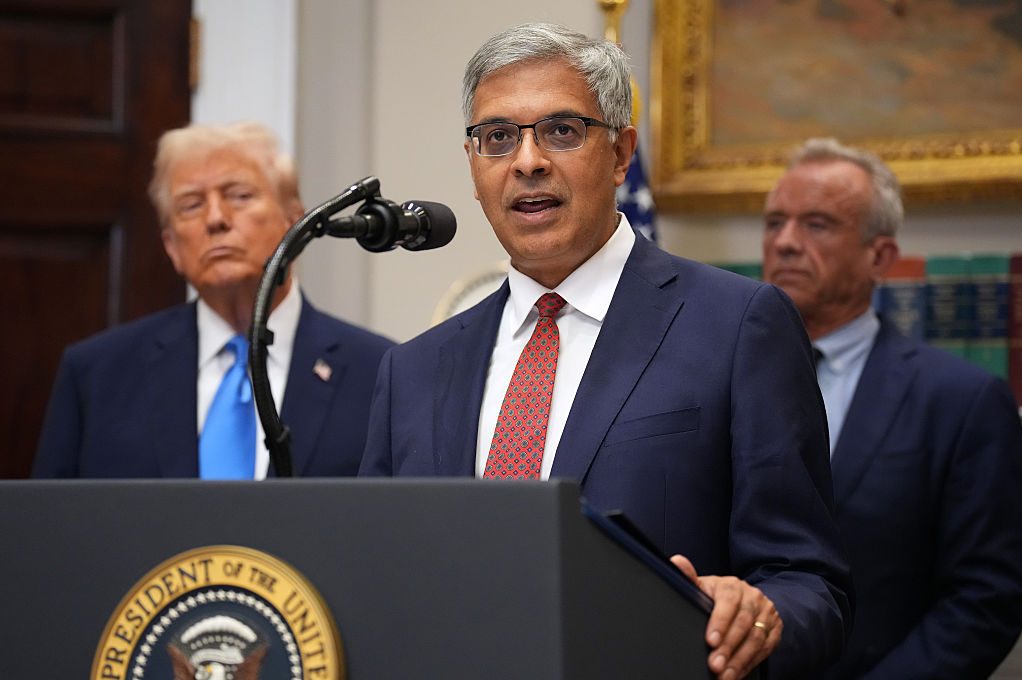
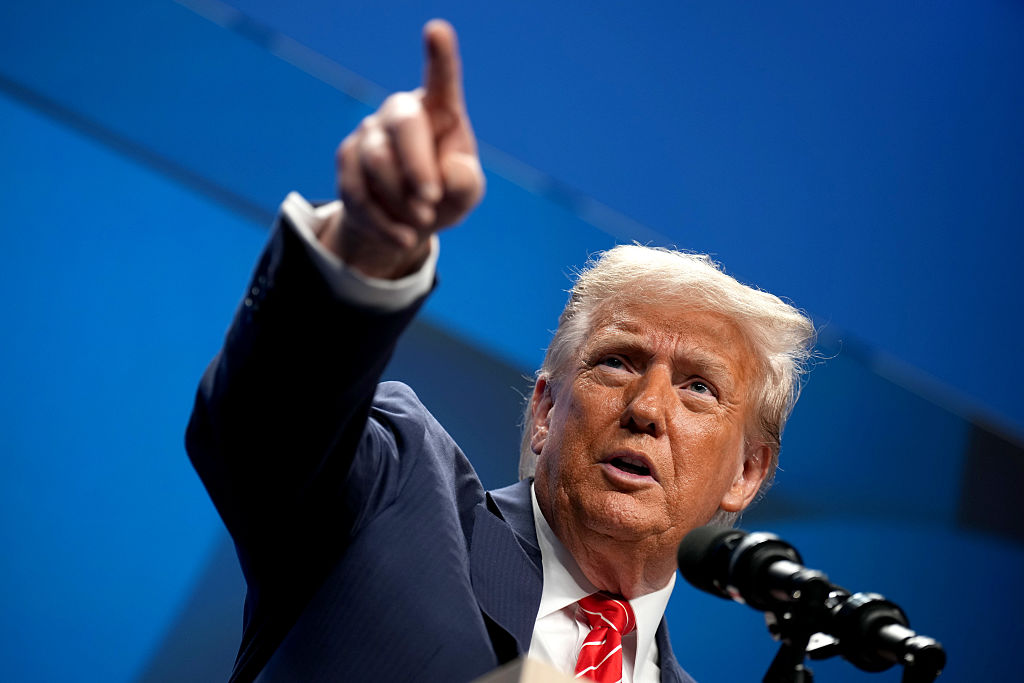


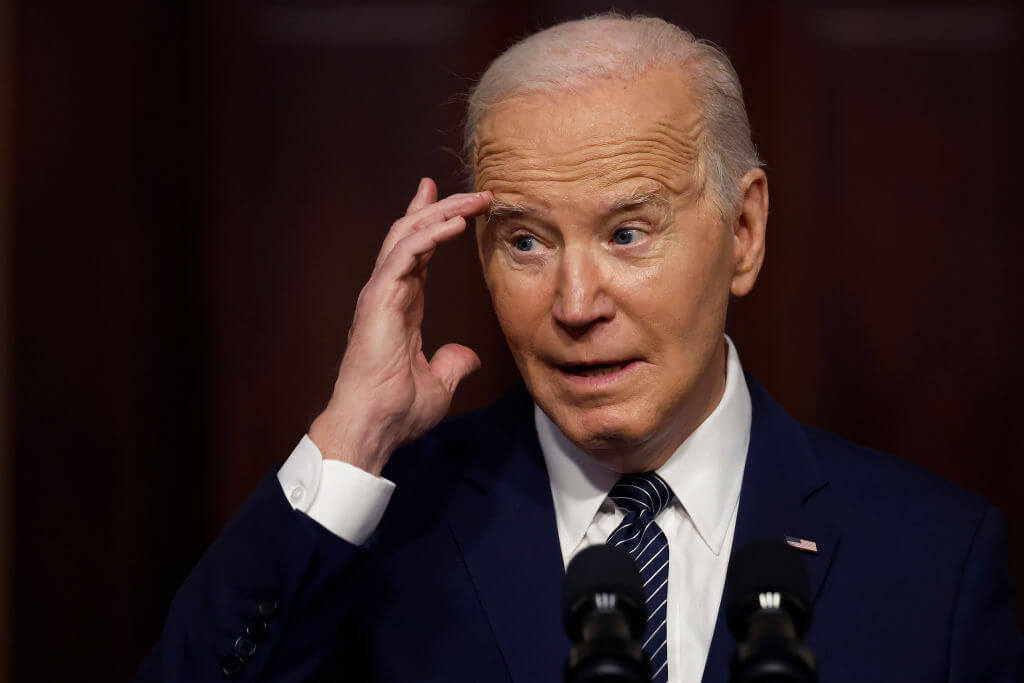



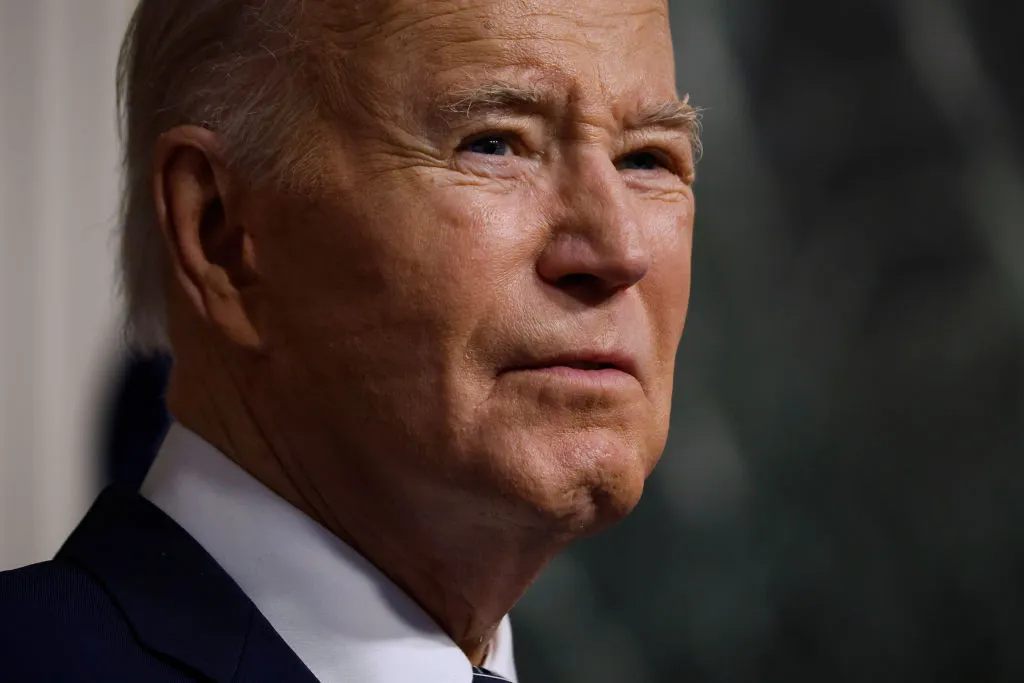

Leave a Reply